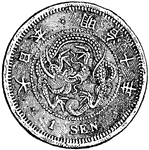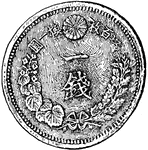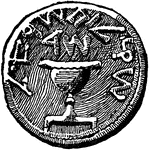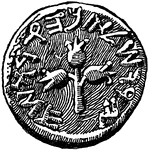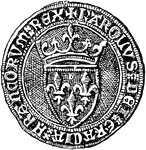
Paper Money, Eight Shillings Bill, 1777
Eight Shillings Bill (8 shillings) Pennsylvania currency from 1777. Frame, arms and value printed in…
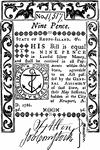
Paper Money, Nine Pence Bill, 1786
Nine Pence (9 pence) Rhode Island currency from 1786. Image shows an anchor surrounded by the inscription…

Paper Money, Five Dollars Bill, 1776
Five Dollars ($5) South Carolina currency from 1776. Image of a horse surrounded by the inscription…

Paper Money, One Shilling Bill, 1781
One Shilling (1 shilling) Vermont currency from 1781. Image of thirteen rings surrounded by the inscription…
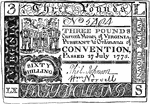
Paper Money, Three Pounds Bill, 1775
Three Pounds (3 pounds) Virginia currency from 1775. Copper-plate notes as illustrated, each value different.
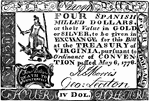
Paper Money, Four Dollars Bill, 1776
Four Dollars ($4) Virginia currency from 1776. Image is the new Coat of Arms for the State of Virginia.

Medieval Coin
The obverse and reverse sides of a silver penny during the reign of William the Conqueror.
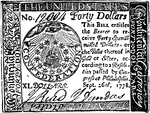
Continental Money
This forty dollar promissory note was a Continental paper bill that held almost no value during the…

Continental Money
This third dollar promissory note was a Continental paper bill that held almost no value during the…
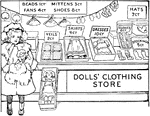
Child Buying Doll Clothes
Illustration of a child buying doll clothes. It can be used to write mathematics story problems involving…

Child Buying Doll Toys
Illustration of a child buying doll toys. It can be used to write mathematics story problems involving…
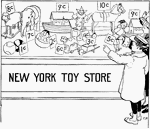
Child Buying Toys
Illustration of a child buying toys. It can be used to write mathematics story problems involving addition,…
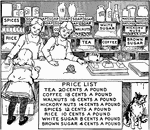
Child Buying Groceries
Illustration of a child buying groceries. It can be used to write mathematics story problems involving…

Group of Toys
Illustration of a group of toys. It can be used to write mathematics story problems involving addition,…

Group of Toys
Illustration of a group of toys. It can be used to write mathematics story problems involving addition,…
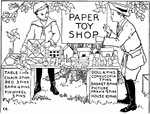
Child Buying Toys
Illustration of a child buying toys from another boy. It can be used to write mathematics story problems…

Child Measuring Using Pecks And Quarts
Illustration of a child with 8 quarts and 1 peck. He is using the baskets to practice measuring. It…

Promissory Note
An illustration of a promissory note. "A promissory note is a written promise to pay a specified sum…

Indorsed Promissory Note
An illustration of a promissory note that has been indorsed. "A promissory note is a written promise…

Demand Note
An illustration of a demand note. A note in which the maker agrees to pay whenever the payee wishes…

Commercial Draft
An illustration of a commercial draft for $122.50. "A commercial draft is a written order by which one…

Money Cowry
"Cypraea moneta (Cowrie). Showing the mantle, provided with marginal tentacles, partly enveloping the…
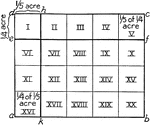
Mixed Numbers
"Here we see 1/2 of 3/4 lb. of candy= 3/8 lb. candy. Use inch, cubes and pennies to show such relations.…

Cypraea Moneta (Linnaeus)
"The Money Cowry is a little, oval shell, depressed, flat below, with very thick edges and slightly…
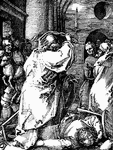
Christ Driving Out the Money-Changers
"Christ Driving Out the Money-Changers. By Albrecht Dürer. From the 'Little Passions.' Printed…
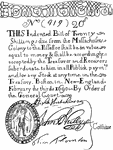
First American Paper Money, 1690
In 1690, The Massachusetts Bay Colony issued the first paper money in the colonies, called Colonial…
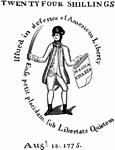
Reverse of a Massachusetts Treasury Note
In 1690, The Massachusetts Bay Colony issued the first paper money in the colonies, called Colonial…
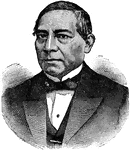
Benito Pablo Juárez García
Benito Pablo Juárez García (1872) was a Zapotec Amerindian who served five terms (1858-1861 as interim),…

Sestertius
The sestertius or sesterce was an ancient silver coin during the Roman Republic and the Roman Empire.
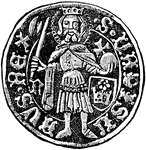
Ducat of Ladislaus Postumus, Obverse
The obverse side of a Ducat, a gold coin, of Ladislaus Postumus, the King of Hungary from A.D. 1452-1457.
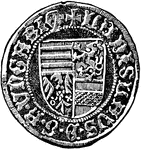
Ducat of Ladislaus Postumus, Reverse
The reverse side of a ducat, a gold coin, of Ladislaus Postumus, the King of Hungary from A.D. 1452-1457.
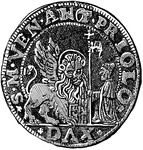
Ducatoon
The obverse side of a ducatoon, a silver coin, struck by Antonio Priuli, Doge of Venice A.D. 1618-1623.

Ducatoon, Reverse
The reverse side of a ducatoon, a silver coin, struck by Antonio Priuli, Doge of Venice A.D. 1618-1623.
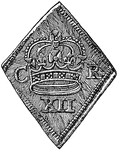
Newark Siege Piece - Obverse
"A coin, generally of unusual shape and rude workmanship, issued in a town or castle during a siege,…

Annual Honesty
Annual Honesty (Lunaria annua) is a tall (height about 1 m), hairy-stemmed biennial plant found throughout…
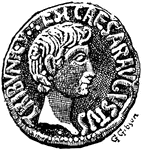
Dupondius, Obverse
The obverse side of the dupondius, "a Roman bronze coin, of the value of 2 asses." -Whitney, 1911
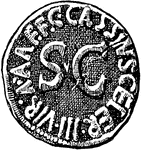
Dupondius, Revers
The reverse side of the dupondius, "a Roman bronze coin, of the value of 2 asses." -Whitney, 1911

Écu, Obverse
The obverse side of an écu of James V of Scotland, a Scotch gold coin also called a crown.
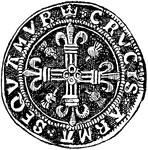
Écu, Reverse
The reverse side of an écu of James V of Scotland, a Scotch gold coin also called a crown.
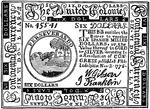
Continental Paper Money
This six dollar bill is an example of Continental paper money of the United colonies issued in 1776.












